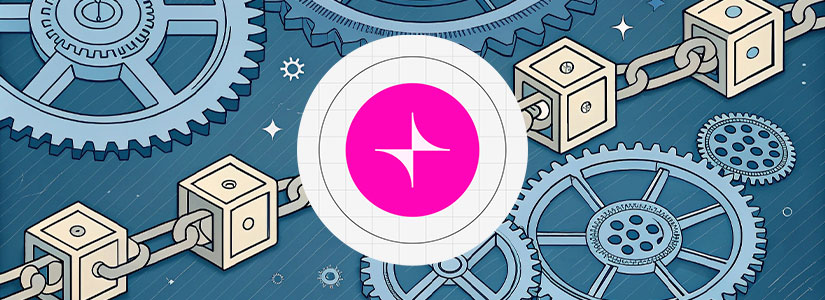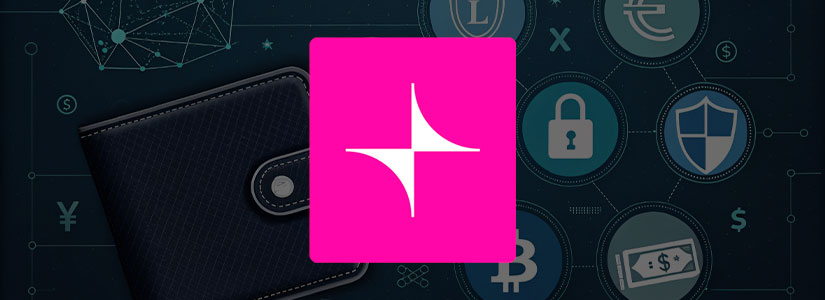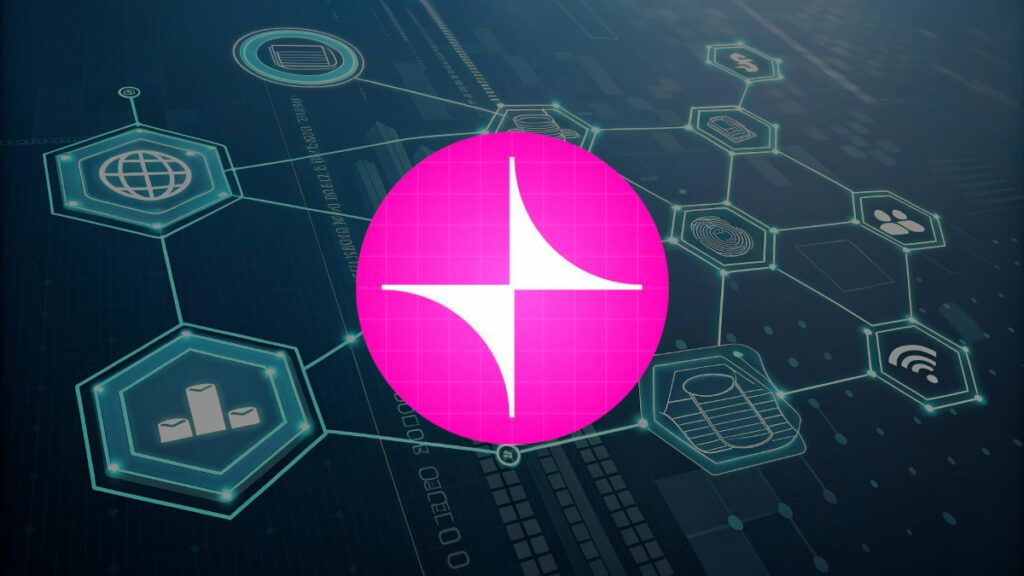Unichain mainnet represents an innovative Layer 2 scaling solution designed to enhance the Ethereum ecosystem by addressing its persistent challenges, such as high transaction costs and network congestion. Developed in alignment with Uniswap’s vision, it aims to streamline DeFi interactions by optimizing speed, scalability, and user experience.
By leveraging advanced consensus mechanisms and off-chain computation, the blockchain reduces latency and gas fees while maintaining compatibility with Ethereum’s security framework. Its architecture supports seamless interoperability with other blockchains, fostering a more connected and efficient multi-chain environment.
Focused on empowering dApps and traders, Unichain mainnet prioritizes accessibility, enabling users to engage in DeFi activities with minimal friction. Additionally, its permissionless design and emphasis on community governance align with core decentralized principles, encouraging broader participation in network evolution.
As Ethereum continues to evolve, Unichain positions itself as a critical infrastructure layer, aiming to catalyze mainstream adoption by balancing performance with the trustless nature of blockchain technology.
What is Unichain?

Unichain is a Layer 2 blockchain solution built to scale Ethereum by enhancing transaction efficiency, reducing costs, and improving interoperability across decentralized networks. At its core, the Unichain Mainnet serves as the operational backbone, enabling fast and low-cost transactions while maintaining compatibility with Ethereum’s security protocols.
This live network supports dApps and smart contracts, making it ideal for high-frequency DeFi activities like trading, lending, and yield farming. A pivotal feature of the L2 is the Unichain Bridge, a cross-chain interoperability tool that facilitates seamless asset transfers between Ethereum, Unichain, and other compatible blockchains.
This bridge eliminates liquidity fragmentation, allowing users to move assets like tokens and NFTs across networks without relying on centralized intermediaries. The Unichain Ecosystem is a place where developers, traders, and liquidity providers work together beyond just infrastructure.
It hosts a growing suite of DeFi protocols, DEXs, and tools designed to optimize user experiences, such as instant transaction finality and gasless meta-transactions. By prioritizing scalability without compromising decentralization, the L2 aims to democratize access to DeFi, particularly for users deterred by Ethereum’s congestion and fees.
Its modular architecture also enables future upgrades, ensuring adaptability as blockchain demands evolve. The Unichain Mainnet, Unichain Bridge, and Unichain Ecosystem work together to create a flexible platform that encourages innovation, cross-chain teamwork, and lasting growth in the decentralized economy.
Key Features of Unichain
Unichain distinguishes itself through several innovative features tailored to optimize Ethereum’s scalability and user experience. A standout element is its hybrid rollup architecture, which combines zero-knowledge (zk) proofs with optimistic rollups to balance speed and security, enabling near-instant transaction finality while minimizing computational overhead.
This design allows the blockchain to process thousands of transactions per second (TPS) without compromising Ethereum’s decentralized integrity. Another key feature is its modular smart contract framework, which simplifies the deployment of customizable dApps by offering pre-built templates and developer-friendly tools, reducing coding complexity and accelerating time-to-market.
The blockchain also integrates decentralized sequencers to prevent centralized control over transaction ordering, ensuring censorship resistance and fair network participation. Its dynamic fee model adjusts gas costs in real time based on network demand, providing predictable pricing even during peak usage.
The platform supports native account abstraction, allowing users to interact with dApps using smart contract wallets that enable features like multi-signature approvals, automated payments, and social recovery, enhancing security and usability.
Additionally, the blockchain’s cross-chain oracle network aggregates real-time data from multiple blockchains, ensuring accurate price feeds and event triggers for complex DeFi protocols. The ecosystem also prioritizes sustainability through energy-efficient consensus mechanisms, significantly reducing carbon footprints compared to traditional Layer 1 chains.
By embedding interoperable token standards, the blockchain enables frictionless asset transfers across EVM-compatible chains, fostering unified liquidity pools and multi-chain composability. These features collectively position the blockchain as a versatile, user-centric scaling solution that addresses Ethereum’s limitations while advancing decentralized innovation.
How Does Unichain Work?

Unichain operates as a Layer 2 scaling solution by offloading transaction processing from Ethereum’s mainnet while retaining its security. When users initiate transactions, they are first executed on the blockchain, where a network of nodes validates and processes them off-chain.
These transactions are aggregated into batches, compressed to minimize data size, and periodically anchored to Ethereum as calldata, ensuring transparency and audibility. This batching mechanism drastically reduces congestion and gas fees by consolidating multiple actions into a single Ethereum transaction.
Unichain employs a Proof-of-Stake (PoS)-inspired consensus model, where validators stake tokens to participate in block production, enhancing throughput and finality without relying on Ethereum’s resource-intensive proof-of-work. Once batches are submitted to Ethereum, cryptographic proofs or fraud-detection mechanisms (depending on the rollup type) ensure the validity of off-chain activity, with disputes resolved through challenge periods or zero-knowledge validity proofs.
For interoperability, the blockchain’s smart contracts on Ethereum act as a settlement layer, enabling seamless asset transfers between Layer 1 and Layer 2. Users can withdraw funds to Ethereum by submitting Merkle proofs that verify their ownership of assets on Unichain, with finality achieved once Ethereum confirms the proof.
The network also optimizes smart contract execution through parallel processing, allowing simultaneous transaction handling without conflicting states. By decoupling computation from Ethereum’s main chain, while anchoring security to it, the blockchain achieves high-speed, low-cost transactions without sacrificing decentralization, creating a scalable environment for DeFi, NFTs, and dApps to thrive.
What is the Unichain Wallet?

The Unichain Wallet is a non-custodial digital interface designed to securely manage assets within the Unichain ecosystem. It enables users to store, send, and receive tokens while interacting seamlessly with Unichain’s Layer 2 protocols, dApps, and cross-chain services.
The Unichain Wallet integrates features like one-click bridging, gasless transactions, and multi-chain support, simplifying access to DeFi tools and reducing friction for beginners. By prioritizing user autonomy, it ensures private key control and employs advanced encryption to safeguard funds.
The Unichain Wallet also supports staking, governance participation, and real-time portfolio tracking, serving as a unified gateway to leverage the blockchain’s scalable, low-cost infrastructure for trading, yield farming, and NFT management.
Conclusion
Unichain emerges as a transformative Layer 2 solution for Ethereum, tackling scalability and cost barriers through hybrid rollups and modular smart contracts. Its architecture, featuring the Unichain Bridge and Wallet, enables fast, low-fee transactions while maintaining security and cross-chain interoperability. The blockchain promotes a strong environment for DeFi and dApps, helping Ethereum grow into a scalable and user-friendly future.










